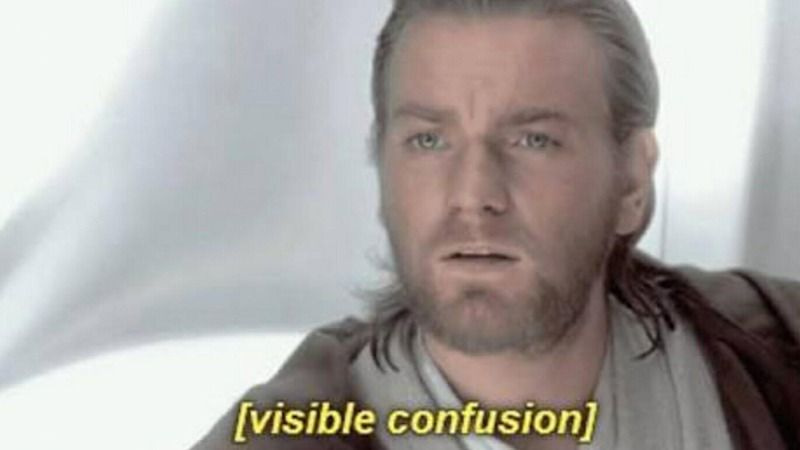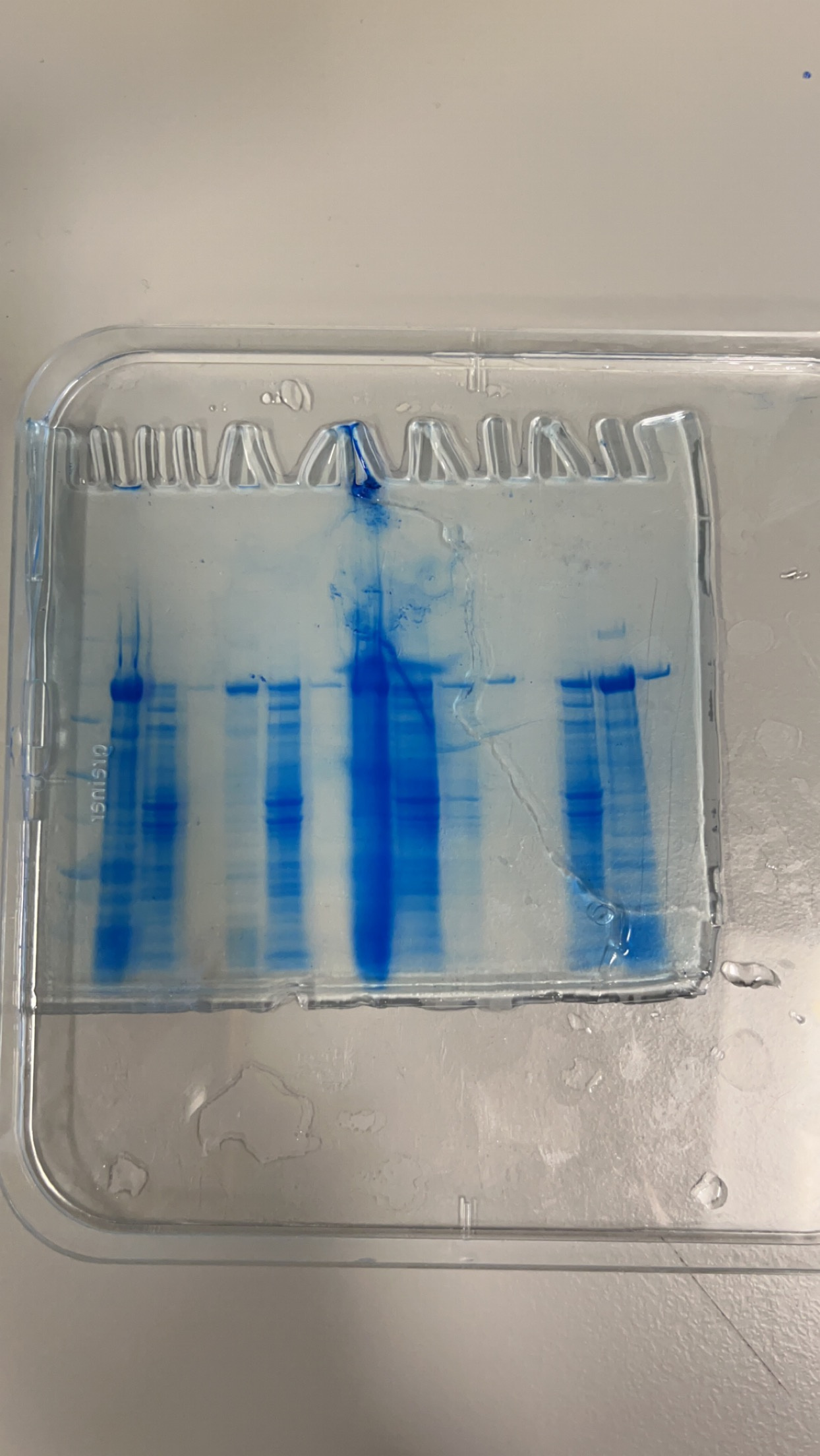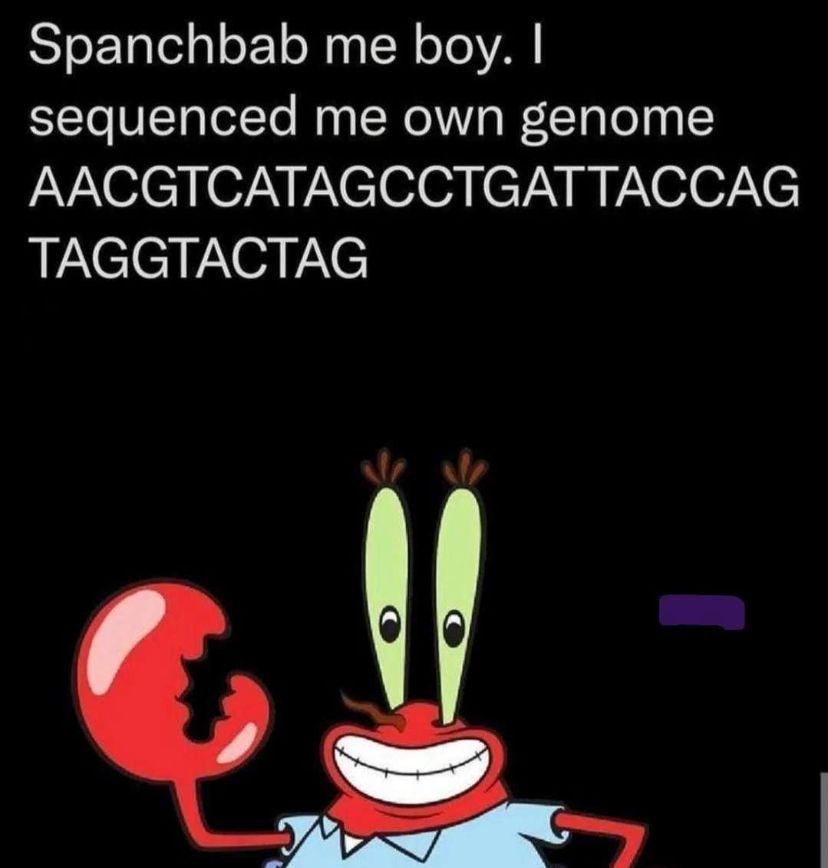Trials and tribulations of life in a laboratory

What is my project?
Stating my title has been met with a variety of responses, from impressed nods, to ‘what is an enzyme?’. The overarching goal was the characterisation of a novel chondroitin AC lyase in Bacteroides thetaiotaomicron. In simpler terms, chondroitin AC lyase is a specific type of enzyme (CAZyme) used by microorganisms in the gut to catalyse the breakdown of carbohydrates. This CAZyme breaks bonds between glycosaminoglycans, particularly important as humans cannot themselves break down these carbohydrates. Bacteroides thetaiotaomicron is a strain of bacteria in the gut microbiome whose genome has a sequence predicted to code for this enzyme. However, the structure and function of chondroitin AC lyase from this bacterium has not been explored, hence the purpose of the research.

(TLDR; my project’s goal was to make and characterise a new enzyme used by bacteria in the gut microbiome!)
What inspired my project?
Believe it or not, my interest in the gut microbiome started when I was 15, when reading a New Scientist article (yes, I was that kid) told me about how the way babies were born - naturally or via C-section - influenced their gut microbiome. I was fascinated - this was the first I had heard of these creatures within us, and the fact there are around 1kg of microorganisms in our body was astounding to me. Therein my interest was ignited, leading me to approach my tutor to ask if she would be willing to undertake a project in this area.
What did I learn?
Starting the six week research project studying CAZymes used by a certain strain of bacteria in the gut microbiome was a daunting but exciting opportunity. As someone who has little experience working in a lab, I thought my biggest challenge would be the techniques and skills that accompany cloning and expressing proteins. But alas, the hurdles began before I was able to set foot in the lab. After meeting with my supervisor, we determined that my original project title was no longer feasible, and I needed to find another enzyme to study. Of course, this is not a quick process, needing to design and order materials needed for the expression and cloning resulted in a period of simply waiting. As a Type A personality, this lack of control was anxiety-provoking. Over this period however, I learned that this is not uncommon for a lab - effective planning and coordination is crucial to a successful and time efficient project, and realised I needed to adjust my mindset effectively use this time to my advantage, and it actually allowed me to understand the theories behind the techniques I was going to use.
The results of a successful purification of the CAZyme:

The realities of working in a lab
Something that was somewhat of a surprise to me was the procedure necessary for making this enzyme. One would assume that the easy part would be making the enzyme, and the characterisation would be the tricky part that required a lot of attention, but I was wrong.
The majority of the six weeks were taken up by making the enzyme, with each stage of cloning and expressing being followed by a series of procedures to check if it was successful, which was not always the case, resulting bouncing back and forth between steps, repeating certain elements that didn’t work, troubleshooting and building up frustration when all but one reaction would work (meaning I had to repeat the entire protocol again).
Saying all that places quite a negative spin on my experience, but this was what progressed my knowledge and experience beyond what I thought possible. Each downfall meant the successes felt even more of an achievement (I never thought I’d get so excited over a positive gel electrophoresis result!). Each mistake, error and unsuccessful reaction provided a platform on which to develop my independence and understanding, and over the course of the six weeks, I progressed from being a naive summer student who didn’t know where anything was and needed to be guided through every task, to an independent, confident scientist. Although there is still a lot more to learn, these six weeks have been an incredibly enriching opportunity that has enabled me to develop my laboratory skills and become a self-leader.

Project outcomes
Upon the completion of my project, I found myself with time to reflect on my results. I began to question myself, did I really achieve what I wanted to in my project? In terms of physical outcomes, no. As the project progressed, I had to readjust my goals, and although I managed to clone and express the enzyme, I did not characterise it to the extent that I had planned, and learned to adapt my expectations as I progressed through the six weeks. However, I have learned that this is normal, and even expected in research - particularly in such a short time scale. What I have learned and the skills that I have gained are invaluable, so, if any reader is interested in working or starting their Laidlaw project in a lab, I hope this blog not only sheds some light on the challenges they might face - both in an out of the lab, but also inspires any future scholars to adapt to each challenge, taking the dynamic nature of science in their stride and seize each opportunity to learn.
Acknowledgements
I'd like to thank Lord Laidlaw and the Laidlaw Foundation for providing me with the opportunity to undertake this research, and to my supervisor, Tracey Gloster, and to Verena Oehler for their continual support in and out of the lab. I'd also like to thank everyone in the St Andrew's 2023 Laidlaw cohort for never failing to offer support, make me laugh and making the six weeks a lot of fun.




Please sign in
If you are a registered user on Laidlaw Scholars Network, please sign in